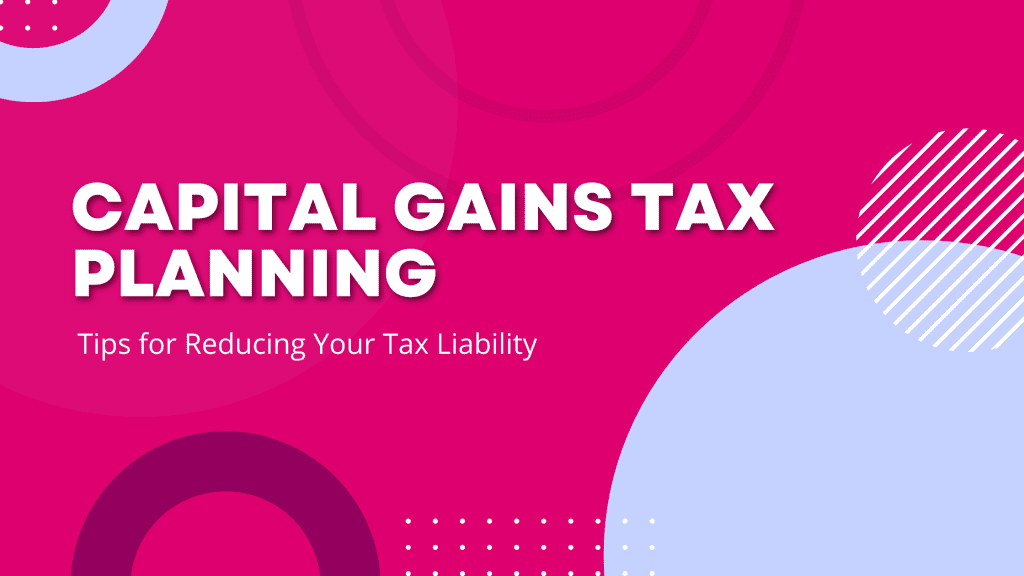
What is Succession Planning? Succession planning is a vital strategy for businesses of all sizes, ensuring long-term stability and growth…

What is Succession Planning? Succession planning is a vital strategy for businesses of all sizes, ensuring long-term stability and growth…

Capital Gains Tax: Understanding the Latest Changes and Updates Are you looking for comprehensive guidance on Capital Gains Tax (CGT)?…

R&D Tax Credits Explained: Top Misconceptions and How to Avoid Costly Mistakes Research and Development (R&D) tax credits are a…

How a Business Coach Can Prepare You for Economic Uncertainty In the ever-evolving landscape of today’s global economy, businesses of…

Election 2024: How Party Manifestoes Could Impact Small Businesses in the UK As the 2024 UK election draws nearer, small…

Capital Gains Tax Planning: Tips for Reducing Your Tax Liability Capital Gains Tax (CGT) is a tax on the profit…

Election 2024: What Business Owners Need to Know As the 2024 election approaches, business owners across the UK are keen…

Capital gains tax (CGT) is a crucial concept for anyone selling assets like property or stocks in the UK. This blog breaks down the essentials of CGT, explaining how it works, the current tax rates, and strategies to minimise your tax bill. Whether you’re a seasoned investor or a newcomer, understanding CGT can help you make informed financial decisions and save money. Read on to learn more about how to calculate your gains, use your annual exemptions, and take advantage of tax reliefs available to you. Stay informed and manage your investments wisely with our easy-to-understand guide.

**Excerpt:**
Discover the power of R&D tax credits! These government incentives can significantly reduce your tax liability, making it easier to invest in innovation. Whether you’re developing new products, advancing technology, or improving processes, R&D tax credits can provide substantial financial benefits. Learn how your business can qualify and claim these credits to stay competitive and fuel growth. Don’t miss out on this opportunity to enhance your R&D efforts and secure a brighter future for your company.